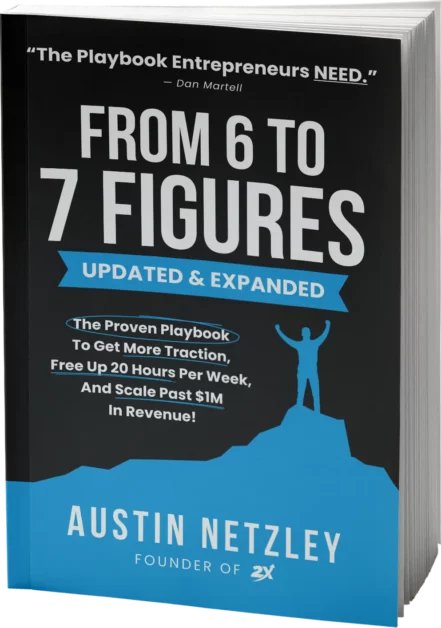MANAGEMENT • 4 MIN READ
Operating Expenses: Definition, Basics, and Examples

Operational expenses may include all expenses essential to running a company. Manufacturing companies, however, break down expenses, such as the cost of goods sold (COGS), so a simple gross margin can be calculated by revenue minus COGS.
It’s true that operating expenses play a significant role in a business’ profitability, especially if you want to meet your essential KPIs.
Business owners should understand how they affect the bottom line. In this article, you’ll learn about operating expenses and how to calculate them.
What are Operating Expenses?
Expenses incurred to maintain a business’ routine operations are known as operating expenses. Operating expenses examples are payroll, rent, office supplies, and utility costs.
Operating expenses, including Selling, General, and Administrative (SG&A) expenses, must be distinguished from capital expenditures (CAPEX) and direct costs of goods and services (COGS).
Operational expenses include rent, equipment, inventory costs, marketing, payroll, insurance, step costs, and research and development funds.
Understanding Operating Expenses
Management typically has to determine how to reduce operating expenses without adversely affecting a firm’s ability to compete with its competitors. Most businesses cannot avoid operating expenses.
The reduction of operating expenses can give a firm a competitive advantage and increase earnings, but it can also compromise the quality and integrity of the operation. Creating the right balance between income and expenses can be challenging but yield impressive results.
The income statement measures a company’s profitability by looking at its income and operating expenses list over time. Expenses are typically categorized into six categories in income statements:
- Cost of goods sold.
- Selling, general, and administrative costs.
- Depreciation and amortization.
- Other operating expenses.
- Interest expenses.
- Income taxes.
It is possible to consider all these as a list of operating expenses, but interest and income taxes should not be considered when determining operating income.
Operating Expenses vs. Costs of Goods and Services
Restaurant owners purchase food for their recipes, T-shirt manufacturers purchase cotton for their clothes, and so on. COGS, or Cost of Goods and Services, is the cost of the product or service you sell.
Operating expenses, also known as OPEX, are indirect costs associated with running a business. The company must still pay rent, insurance, salaries, and utilities even if it has closed for a month.
What Do We Mean by Cost of Goods and Services?
As the name implies, it is the total amount your business has paid to purchase products for resale, raw materials, packaging, and direct labor necessary to produce or sell the product.
Operating vs. Non-Operating Expenses
Compared to operating expenses, non-operating expenses are expenses incurred by a business unrelated to its core operations. Interest charges and other borrowing costs are common non-operating expenses.
The Internal Revenue Service (IRS) allows businesses to deduct non-operating expenses to examine the company’s health. Sometimes, accountants remove non-operating expenses, ignoring financing and other irrelevant factors. However, most accounting principles distinguish operating expenses from capital expenditures.
What Do We Mean by Non-Operating Expense?
Typically, non-operating expenses include interest charges or borrowing costs and losses on asset disposals that are unrelated to the business’ core operations. When examining a business’ performance, accountants often ignore financing and other irrelevant issues by removing non-operating expenses
OPEX vs. CAPEX
CAPEX is an acronym for capital expenditures, which are investments made by a business for future use. Capital expenditures include costs associated with tangible and intangible assets.
- Tangible assets: Property, machinery, computer equipment, and furniture make up tangible business assets.
- Intangible assets: There are a variety of intangible assets, such as intellectual property, copyrights, patents, trademarks, etc.
As a general rule, capital expenses are treated differently from operating expenses. Operating expenses must be ordinary (common and accepted in the business trade) and necessary (helpful). Businesses can usually write off operating expenses in the year they incur them. Alternatively, they must capitalize capital expenses/costs.
As an example, expenses such as payroll can be written off in full the year a business incurs them, but if a business spends $100,000 on machinery or vehicles, the expense must be capitalized or written off over time. Companies are required to capitalize assets in accordance with IRS guidelines, and different types of assets fall into different classes
What Do We Mean by Capital Expenses?
In contrast to operating expenses, CAPEX relates to costs related to acquiring or upgrading capital assets. These expenses can be capitalized for tax purposes.
Conclusion
Now that we’ve gone through the operating expenses definition as well as how OPEX relates to capital and non-operating expenses let’s do a quick recap.
Operational expenses include rent, equipment, inventory costs, marketing, payroll, insurance, step costs, and research and development funds.
Operating expenses are tax deductible if the business is profitable. Non-operating expenses are expenses that are unrelated to the business’s core operations and cannot be deducted by the IRS.
Alternatively, businesses cannot write off capital expenditures and have to capitalize these assets per IRS guidelines.
The next step is to use your new understanding of operating expenses to scale your business. Check out our article to learn how an entrepreneur expanded her business to a stress-free 7-figure enterprise.

The Playbook To 7+ Figures
This has been called “the business Bible for 6-figure entrepreneurs”… now you can get it with exclusive bonuses for a crazy low price!
Related Articles